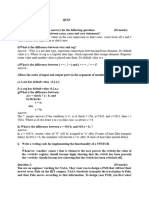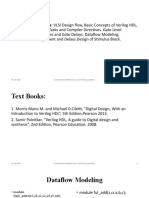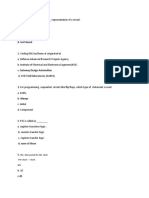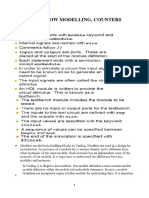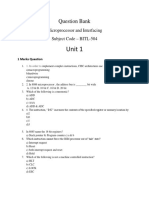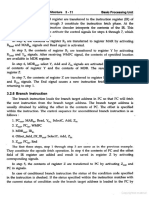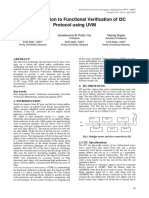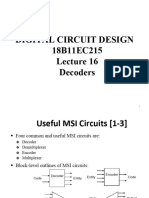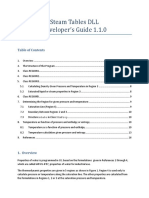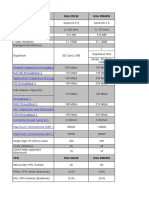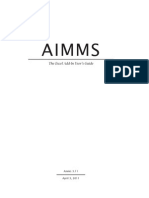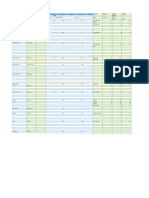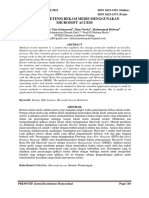0% found this document useful (0 votes)
193 views18 pagesDecoder - Demultiplexer Notes
This document discusses common MSI circuits including decoders, demultiplexers, encoders, and multiplexers. It provides detailed explanations and examples of how decoders convert binary codes to output lines and demultiplexers direct data to a selected output line based on selection lines. Implementation examples are given to design decoders and boolean functions using decoders and demultiplexers.
Uploaded by
TECH BANGLADESHCopyright
© © All Rights Reserved
We take content rights seriously. If you suspect this is your content, claim it here.
Available Formats
Download as PDF, TXT or read online on Scribd
0% found this document useful (0 votes)
193 views18 pagesDecoder - Demultiplexer Notes
This document discusses common MSI circuits including decoders, demultiplexers, encoders, and multiplexers. It provides detailed explanations and examples of how decoders convert binary codes to output lines and demultiplexers direct data to a selected output line based on selection lines. Implementation examples are given to design decoders and boolean functions using decoders and demultiplexers.
Uploaded by
TECH BANGLADESHCopyright
© © All Rights Reserved
We take content rights seriously. If you suspect this is your content, claim it here.
Available Formats
Download as PDF, TXT or read online on Scribd
/ 18


